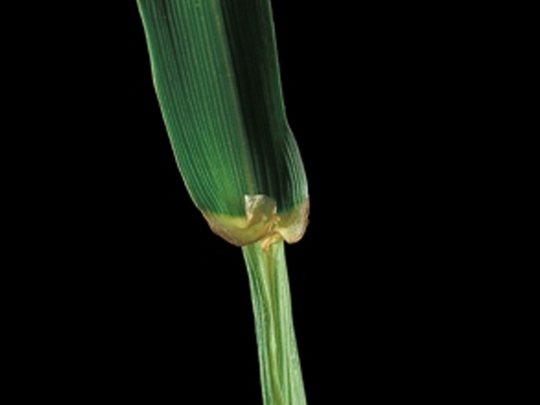Annual or perennial tussock-forming grass. Height approx. 80–100 cm, first growth leafy, subsequent growth produces plenty of culms. Flowers late May to early June, rapid regrowth throughout the entire summer. Predominantly found in humid maritime climates with mild winters. Easily overwinters in harsh climates and cold, dry areas. Prefers nutrient-rich soils without waterlogging. Makes good use of winter moisture. Grown in arable crop rotations as green fodder, silage and hay due to its high feed value (8). Makes a good clover-grass mix when combined with red and crimson clover. High doses of nitrogen are required (mineral or organic) when grown as a single crop. Sowing August/September, autumn use is possible. First growth ready to ensilage in the second-half of May, subsequent growth should be used at the start of flowering. Productivity with 4 cuts 800–1,000 dt/ha FM or 170–180 dt/ha DM. Mixes of several varieties are recommended to ensure reliable germination and yields (early and late, diploid and tetraploid). The seed should be de-awned to ensure that it flows smoothly during sowing. Not suitable for permanent pastures, but recommended for short-term leys.
| Leaf | Emerging leaf rolled, leaf sheath open, underside of leaf very shiny, ligule short, white and smooth-edged, auricles broad, well-defined and enclosing the stem, leaf blade moderately wide (approx. 10 mm) light to dark green. Pronounced ribs on upper side of leaf. |
| Culm | Base of culm red, erect approx. 100 cm tall. |
| Inflorescence | Long, loosely packed spikes with approx. 20–30 spikelets, multiflorous, heavily awned lemmas on individual spikelets. Spikelets with narrow side facing the axis. The terminal spikelet has 2 glumes, but the inner glume is absent in the other spikelets. |
| Fruit | Grain approx. 5–7 mm long; pedicel angular; lemma curved in the upper half, long awn (not present in Lolium perenne, frequently rubbed off during seed processing). TSW 1.8–4.6 g (tetraploid varieties have higher TSW). |

